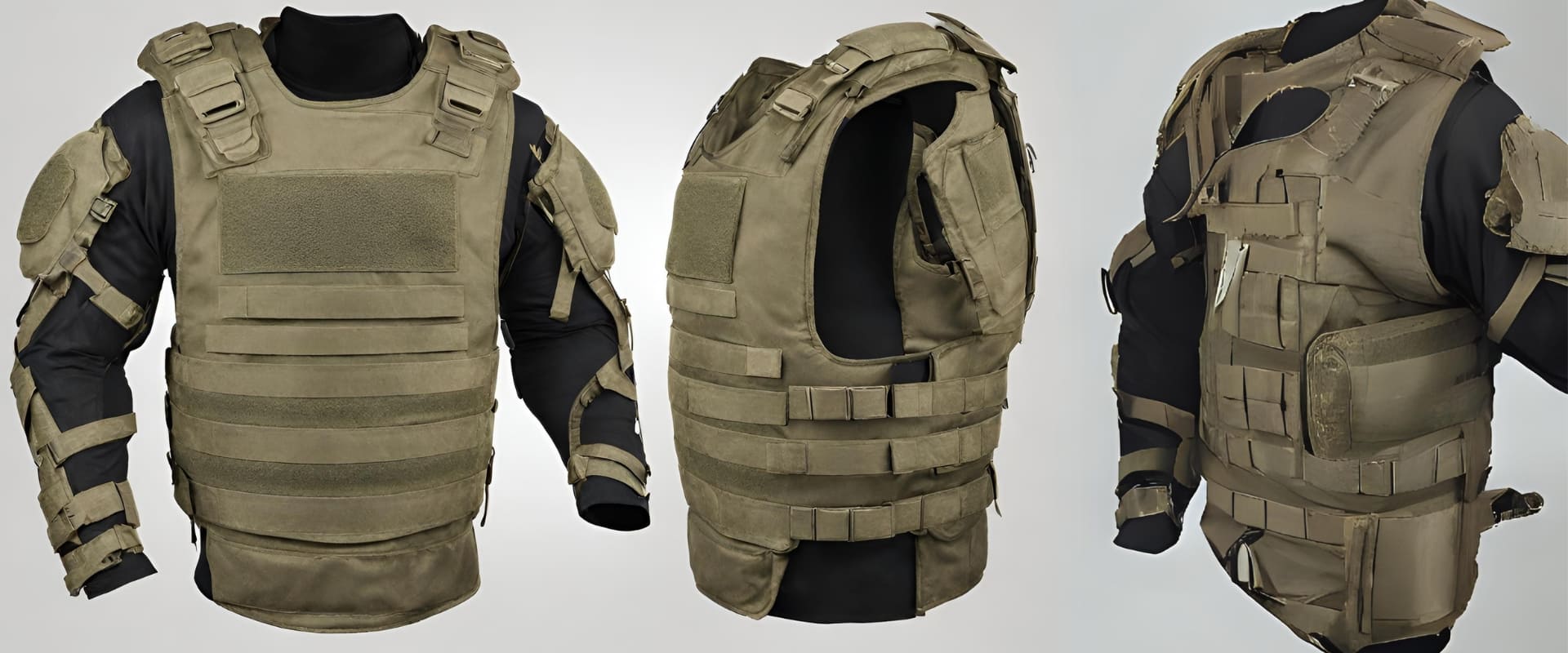Abstract
Humans have used various forms of guards to protect themselves from injuries and hazardous conditions. From leather to chain armor, people are always trying to find better ways to protect themselves against danger. For the development of body armor it is always desirable to use lighter and stronger material to improve the performance by reducing weight.
Throughout history, humans have employed diverse forms of protective gear to shield themselves from injuries and perilous conditions. From primitive leather to intricate chain armor, the quest for enhanced protection has been a constant. Notably, the evolution of body armor has been marked by a persistent pursuit of lighter yet stronger materials, aiming to improve performance by reducing weight.
Importance of Water Filtration:
- Historical Evolution: Early civilizations utilized basic materials like leather and woven fibers for rudimentary protection. Over time, this evolved into more sophisticated armor such as metal plates, chainmail, and eventually full suits of armor during medieval times.
- Modern Challenges: In contemporary contexts, the development of body armor is driven by the need for effective protection without compromising mobility. This is particularly crucial for military and law enforcement personnel facing diverse threats in dynamic environments.
- Lighter Materials: Advances in materials science have led to the adoption of lighter substances like Kevlar, a synthetic fiber known for its high strength-to-weight ratio. Kevlar and similar materials provide formidable protection against ballistic threats while allowing for greater flexibility and reduced overall weight.
- Ceramic and Composite Technologies: Modern body armor often incorporates ceramic and composite materials. These substances offer exceptional strength and durability, enhancing the protective capabilities of the armor while maintaining a relatively low weight.
- Advanced Ballistic Protection: The focus on ballistic protection has led to the development of armor capable of withstanding various projectile threats, including bullets and shrapnel. This is crucial for military and law enforcement applications where firearms are prevalent.
- Enhanced Mobility: Lighter and stronger body armor enhances the wearer's mobility, a critical factor in operational effectiveness. Whether on the battlefield or in law enforcement scenarios, the ability to move swiftly and comfortably is essential.
- Multi-Threat Protection: Modern body armor is designed to protect against a range of threats, including not only ballistic hazards but also stab and spike resistance. This versatility ensures comprehensive safety in diverse environments.
- Technological Innovations: Ongoing research explores innovative materials, including advanced nanotechnology and smart fabrics, to further improve the performance of body armor. These technologies aim to provide enhanced protection while maintaining or reducing the weight burden on the wearer.
- Customization and Ergonomics: Tailoring body armor to individual body shapes and requirements is becoming more prevalent. This customization, coupled with ergonomic designs, ensures a better fit and increased comfort for the wearer.
In conclusion, the development of body armor reflects a constant quest for improvement in protective capabilities. The pursuit of lighter and stronger materials is a central theme, driven by the goal of enhancing performance while mitigating the physical burden on individuals. As technology continues to advance, the evolution of body armor is likely to persist, with a focus on achieving optimal protection, mobility, and wearer comfort.



